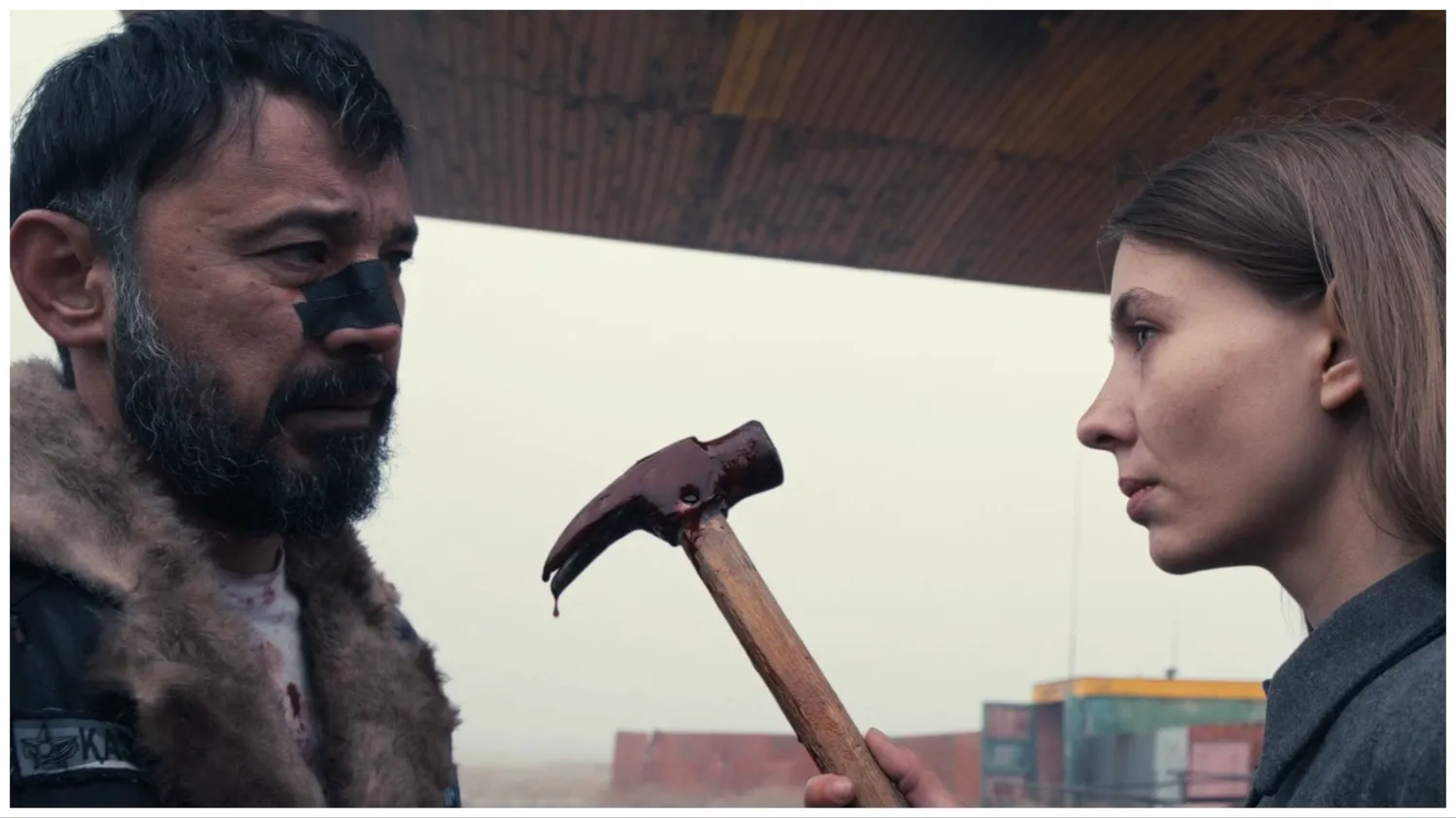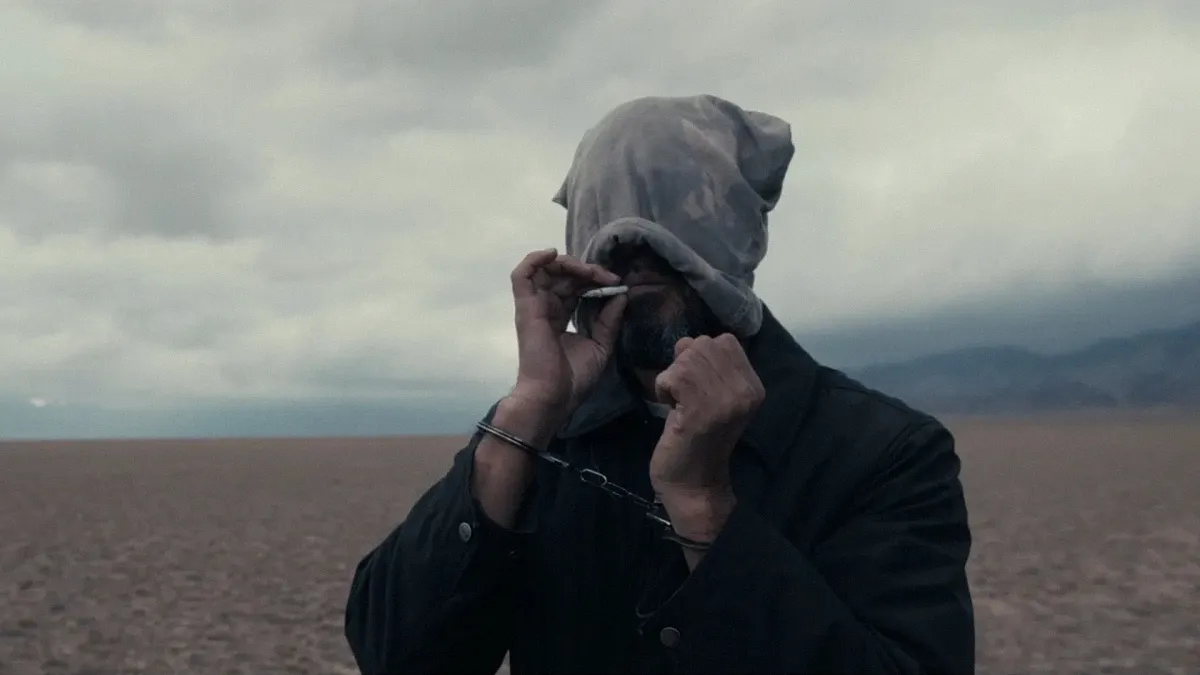Steppenwolf: A Post-Apocalyptic Kazakh Western
Adilkhan Yerzhanov, a prominent figure in Kazakh cinema known for releasing one or two films annually, presents a unique portrayal of his homeland. His works often feature recurring characters, motifs, and visual techniques, creating a distinct cinematic mythology. In “Steppenwolf,” loosely based on Hermann Hesse’s novel, Yerzhanov departs from his signature vibrant color palette, opting instead for a gritty landscape of Kazakh wastelands and crimson bloodshed.

Anna Starchenko as Tamara in “Steppenwolf”
Unlike Yerzhanov’s previous films that depicted ordinary urban life, “Steppenwolf” showcases a post-apocalyptic setting with vast plains, decaying vehicles, dilapidated houses, and desolate outposts. The film draws inspiration from American post-Westerns, particularly the works of Sam Peckinpah. The traditional image of a sheriff protecting people from bandits is replaced by chaos, where armed individuals engage in violence for money or revenge.
A Mother’s Desperate Search
The story begins with Tamara (Anna Starchenko) losing her son, Timka, during a village riot. Traumatized and mentally unstable, she can only repeat a few words about her child. When Tamara seeks help from the police, she discovers that the station has been overrun by bandits, leaving only a snitch named Brayuk (Berik Aitzhanov) alive. Brayuk promises to assist her in finding Timka, and in return, Tamara saves him from enemy fire, revealing that no weapon can harm her or those she protects.

Berik Aitzhanov as Brayuk in “Steppenwolf”
Revenge and Redemption in a Bleak World
Brayuk’s motives are driven by revenge. His wife and daughter were murdered by Taha, a mafia boss known for trafficking children for organ harvesting. Fueled by vengeance, Brayuk embarks on a bloody quest, shielded by the seemingly invulnerable Tamara.
Yerzhanov deconstructs the action genre’s tropes, infusing the film with a revisionist approach while occasionally indulging in kitsch clichés. The typical action movie characters – the stoic, tough man and the damsel in distress – are portrayed as equally traumatized individuals. Tamara, a victim of sexual slavery, suffers from fixation and stuttering due to her horrific experiences, while Brayuk, haunted by the deaths of his loved ones, is consumed by aggression.
Deconstructing the Hero
Yerzhanov challenges the notion of the “hero-victor,” finding nothing noble in his brutality and desire for revenge. Violence in “Steppenwolf” is not presented as entertainment but as a means to explore human nature. The film echoes Yerzhanov’s earlier work, “A Dark-Dark Man,” which depicted the ease with which one can descend into darkness and the difficulty of returning to the light. However, unlike “A Dark-Dark Man,” where a journalist served as a beacon of truth, “Steppenwolf” offers no such hope. The world is devoid of goodness, leaving only primal instincts and desires.
Yerzhanov offers no easy solutions to the characters’ plight. He suggests that the cycle of evil must be broken by destroying those who perpetuate it, even if it means confronting one’s own darkness.